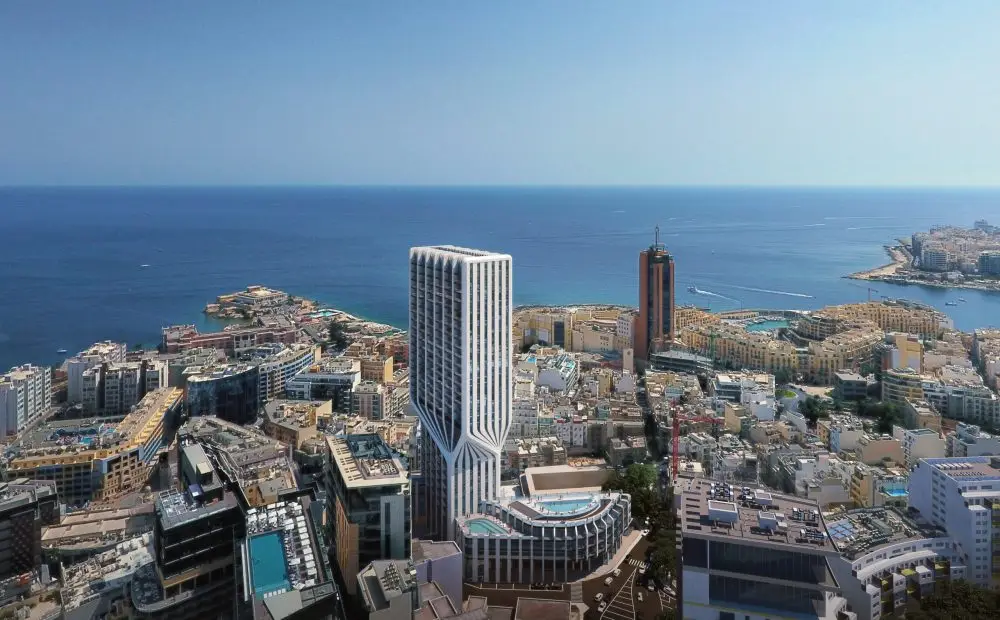The premium real estate segment has long ceased to be associated exclusively with external gloss and a price tag with six zeros. Today, the concept of “what is premium-class housing” is defined not by marketing, but by functionality, engineering, and architectural precision. The question is not about glamour, but about meeting the deep needs of a specific audience.
Premium-Class vs Elite-Class: Where is the Line Drawn
The elite segment implies absolute exclusivity: low-rise, a maximum of 30 apartments in a complex, closed territory, lack of publicity. Premium allows for some scale but does not lose its individuality.

Elite housing is more like an antique — it is not created, it is discovered. Premium is an author’s series, not mass-market, but also not a museum.
The Difference Between Business and Premium Housing
At a superficial level, the difference boils down to cost and finishing. But the deep distinction lies in the concept. Premium shapes a lifestyle, not just meets a domestic need.
If business-class offers a comfortable level beyond mass-market, then premium builds culture around space: service, aesthetics, tranquility, personalization, everyday privacy.
Classification of Expensive Housing
The classification of expensive real estate is determined by developers, builders, and market analysts based on a set of technical and locational parameters. There are 4 official categories: economy, comfort, business, premium. Elite is not part of the system — it is a separate entity.
Premium-class stands at the top of the housing classification that is measurable. Here, parameters work, not emotional epithets.
Area, Price, Comfort: Numbers Matter More Than Descriptions
The average price per square meter in Moscow as of 2025 is from $8,000. In regions, it ranges from $3,000 to $4,000 in Sochi and Kazan, up to $6,000 in St. Petersburg.
Apartment sizes start from 90 m². The average purchase price ranges from $600,000 to $1,300,000. Ceiling height starts from 3.2 m. Engineering systems include individual ventilation, multi-stage water purification, smart home solutions. All for maximum comfort, not synonymous with the word “convenient.”
Architecture as a Manifesto: Not Just a Building, But an Expression
Modern premium-class housing shapes the face of the neighborhood, sets standards for neighboring buildings, defines the density and atmosphere of the area. Architectural solutions of a premium format stem from a concept. One project may be a minimalist monoblock of glass and steel in the spirit of SANAA, while another may reference pre-revolutionary opulence with a brick facade, mansard windows, and Italian stucco.
An essential criterion is uniqueness. Architecture does not copy. Architecture shapes the context.
Location Decides, But Does Not Dictate
The market has long moved away from the template “expensive center = premium.” Today, the region influences but does not determine. In St. Petersburg, for example, a plot near the Gulf of Finland may surpass central locations in cost and demand.
Choosing a location depends on the demand. For families, it’s about tranquility, parks, schools. For investors, it’s about district dynamics, renovations, infrastructure. For singles, it’s about transportation and culture. Premium does not follow the map — it rewrites it.
Infrastructure as a Factor of Everyday Luxury
In premium projects, infrastructure ceases to be a background. It becomes an argument. Sauna, library, barista zone, meeting lounges, coworking spaces, and workshops are elements that shape everyday comfort.
It’s not just about availability, but about organic integration. One building may incorporate a pool in the style of a Japanese garden, while another may transform the lobby into an art space with a gallery of contemporary artists.
Truly premium homes do not showcase infrastructure. They integrate it as an organ of the resident’s extended body.
What Is Premium-Class Housing: Characteristics
The characteristics of premium-class take real estate beyond basic needs. A meter here is not just a meter, and windows are not just openings in walls.
Signs of a premium format:
- Location: city centers, scenic plots, waterfronts, business and cultural clusters. Example: Ostozhenka (Moscow), Petrogradka (St. Petersburg), 7th arrondissement (Paris).
- Architecture: custom design from renowned firms (Tsimailo, Dyer, SPEECH, Herzog & de Meuron).
- Area: not less than 80–120 m² per apartment; penthouses start from 200 m² and above.
- Finishing: designer interiors with natural materials — stone, wood, glass, brass.
- Parking: underground parking with electric car chargers and number-based identification system.
- Infrastructure: lobby with a library, SPA, fitness, boutique commerce.
- Security: access control, surveillance, 24/7 monitoring, biometrics.
- Documentation: transparency in legal matters, clear land status, unified legal support style.
These parameters form the precise definition of what premium-class housing is: not an image but a verifiable standard.
Project, Developer, Buyer: Who Sets the Rules of the Game
The success of a project directly depends on the competence of the team. A professional developer engages architects, designers, and management companies even before the excavation phase.
Example: developers like Vesper, Level Group, KR Properties do not just build, they program. The project starts with the concept of the future lifestyle, not with a sketch.
A buyer of premium housing is not just an investor. They are clients with specific needs: tranquility, privacy, service, image capital.
The Premium Distinction: When Substance Matters More Than Form
The main difference of premium-class from other segments lies in the combination: architecture, technology, location, security, comfort, engineering. All simultaneously, without omissions.
If a building receives an architectural award but lacks proper sound insulation, it is not premium. If the address is prestigious but the elevator squeaks like a piano in a passage, it belongs to a different class.
Documentation and Standards: Pitfalls Without Glitter
Even the best project risks sinking if the documentation is flawed. The premium segment sets high standards for legal support: ownership rights transparency, unified formatting standard, clear classification of all procedures.
Legal cleanliness is like a foundation: unseen but without it, the building crumbles. That’s why major developers only collaborate with verified law firms and notaries with a track record in the real estate market.
Premium Without Frills: The Full Picture Beyond the Price
Defining what premium-class housing is means analyzing the entire project as a whole: from location to the last detail in finishing. Even nuances play a role: wall soundproofing, height of window sills, material of window sills.
Valuing real estate in this segment considers not only figures. The 360° method works: architectural bureau, technical supervision, management quality, historical context of the area. One building may cost more but lag in construction quality, and the market quickly discerns that.

In premium housing, it’s not about advertisements but the project’s reputation — a silent rating that shapes the professional community.
What Is Premium-Class Housing: Conclusions
The answer to what premium-class housing is lies in the details. It’s not just expensive real estate and not just a good location. It’s the result of precise engineering, comprehensive approach, strict material selection, high architectural taste, and understanding of the audience’s needs.
 en
en  ru
ru  de
de  ar
ar  es
es  hi
hi  fr
fr  nl
nl  it
it  pt
pt  el
el 



